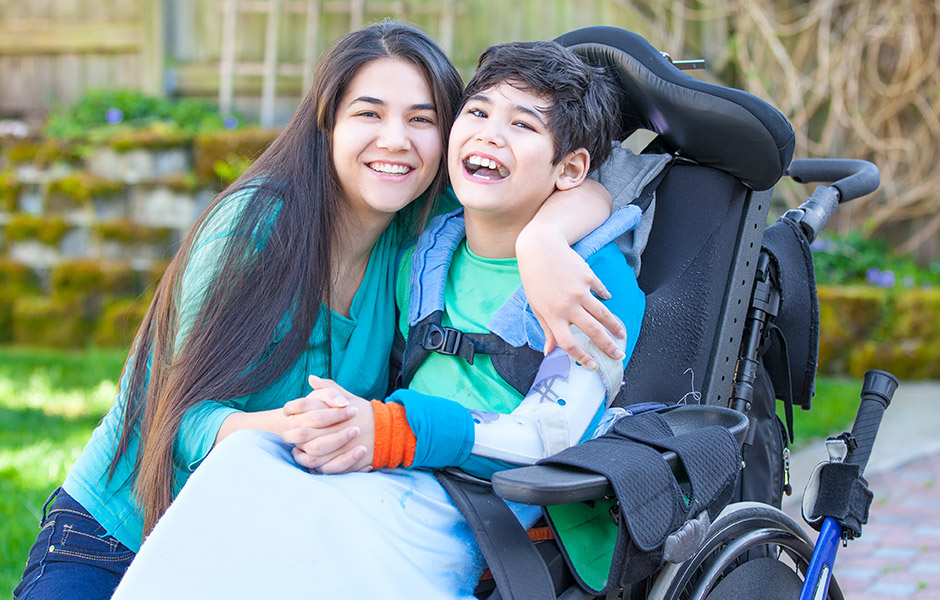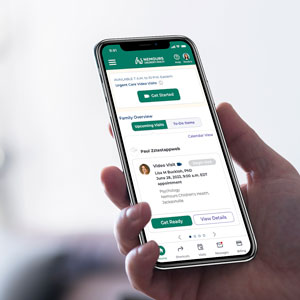Cerebral Palsy Center, Delaware Valley
A Leading Cerebral Palsy Center Recognized Around the World
Families from around the world come to the Cerebral Palsy Center at Nemours Children’s Hospital, Delaware. That’s because we help kids with cerebral palsy (CP) live their best life.
Led by renowned specialists in orthopedics, neurology, neurosurgery, rehabilitation and more, we have everything your child needs, all in one place. We work as a team and plan care focused around your child.
We’re researching and developing therapies that help kids with CP thrive. As one of the largest pediatric centers in the country, we offer CP expertise and services you can’t get everywhere. Our Gait and Motion Analysis Lab is one of just a few fully accredited gait labs in the U.S. As a sign of the continued excellence of our therapy services and facilities, we were recently re-accredited by the Commission on Accreditation of Rehabilitation Facilities (CARF) International. And our orthopedics program is ranked among the best in the country year after year by U.S. News & World Report.
We care for kids with all types of cerebral palsy and CP-like conditions. We work together with parents and families to watch for and manage problems early, which can mean better outcomes. Together, with your family, we help your child grow up and rise to their full potential.
Grit and Determination
Daniel has a mild form of cerebral palsy. Learn how the Nemours CP Center helped Daniel reach his full potential.
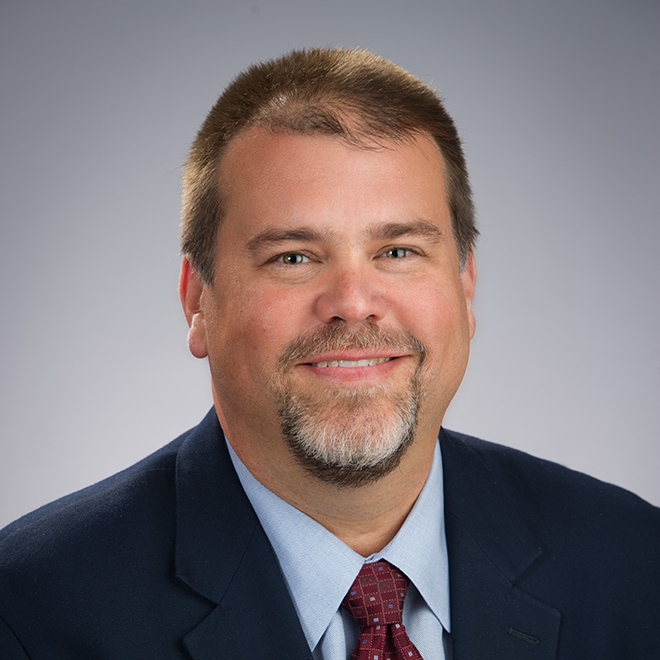
Wade Shrader, MD
Endowed Chair, Cerebral Palsy
Dr. Wade Shrader is currently on the Board of Directors and is the First Vice-President of the American Academy of Cerebral Palsy and Development Medicine. He is a professor of orthopedic surgery and pediatrics at Thomas Jefferson University and the Deputy Editor of Pediatrics for the Journal of the AAOs and is the Deputy Editor for Neuromuscular for JPOSNA. He focuses his practice on the treatment of children with cerebral palsy and similar developmental disability.
Meet Nemours CP Division Chief, Dr. Wade Shrader
Nemours CP Division Chief, Dr. Wade Shrader shares his own personal story that led him on his journey to becoming a pediatric orthopedic surgeon focusing on cerebral palsy.
“For me, it means walking in a walker with only occasional stiffness in my legs or balance problems. Comparatively, I got off blessedly easy."
The more you know, the better you can help your child succeed. Learn about cerebral palsy from Nemours experts at KidsHealth.org.
Conditions & Treatments
We see a wide range of conditions — far too many to list here. The conditions we treat vary depending on the location and providers selected. Don’t see a condition listed? Call us.
Related Specialties
Our experts lead or work with a variety of Nemours medical specialties and programs.
World-Recognized Cerebral Palsy Care, All in One Place
Our pediatric cerebral palsy specialists are recognized for research and successful outcomes. Doctors all over the world look to us for training and our discoveries.
3,000+
18 months
We help patients achieve excellent results. Our treatments are proven and long-term. Patients tell us their walking (gait) still improves at 26 years old.
We care for all of your child’s needs, physically and emotionally. Our team includes experts in orthopedics, neurology, neurosurgery, rehabilitation, pain management, developmental pediatrics, behavioral health, social work, and many others.
We make life a little easier for you. From your first call, we take care of everything. We schedule all of your visits on the same day when possible, and help you know what to expect. You always have someone to go to for answers and support.
We use advanced nonsurgical therapies. We start with nonsurgical approaches if possible. We know what treatments work for pain, stiffness and other problems, and when to use them. We offer a range of services, including rehabilitation therapy, injected medicines, custom braces and orthotics, assistive technology (like walkers and wheelchairs), all in one place.
We perform the latest, minimally invasive surgical procedures. Our surgeons are experts in methods that need fewer, smaller cuts, for a faster recovery. We offer the latest services, including baclofen pump implants, selective dorsal rhizotomy, deep brain stimulation, and advanced procedures to prevent or repair hip and spine problems.
We’re Advancing Research and Care for Kids Everywhere
As part of the Swank Center for Neuro-Orthopedics, we manage the results databases and tissue bank that support worldwide cerebral palsy research. We’re also creating new assistive devices and therapies that improve quality of life.
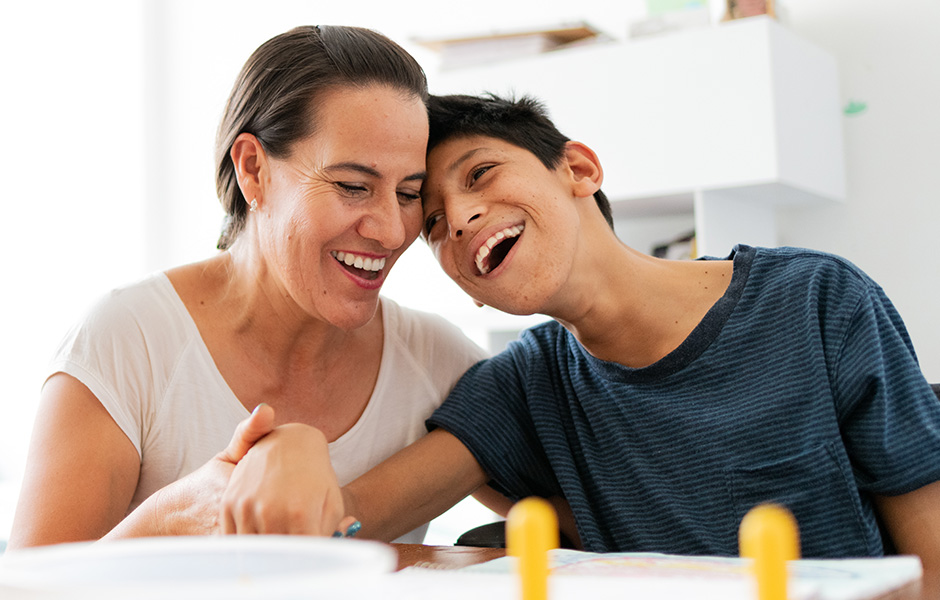
We Have an Accredited Gait & Motion Analysis Lab
Our hospital has one of few pediatric Gait & Motion Analysis Labs in the nation recognized for excellence by the Commission for Motion Laboratory Accreditation (CMLA). We use advanced computerized tools to see how your child moves and walks. This offers the most precise information for the best possible treatment decisions.
State-of-the-Art Rehab Services
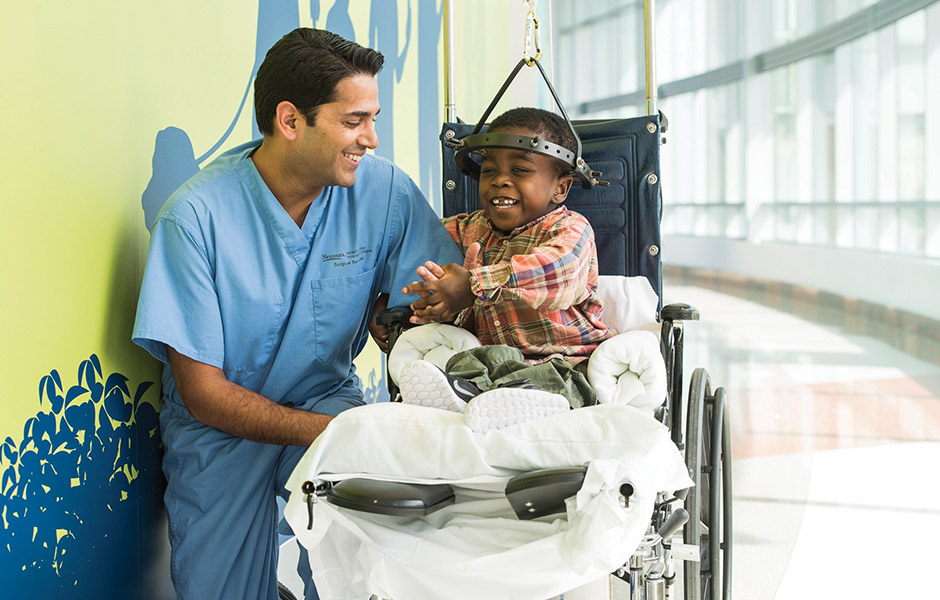
Our rehabilitation medicine team includes doctors and therapists who help kids with CP live better. Our inpatient and outpatient rehab programs are recognized for quality and excellence. We have advanced equipment, like ZeroG® robotic technology to help kids walk. We also have the area’s largest indoor pediatric pool for aquatic therapy.
Focus on Prevention and Early Treatment
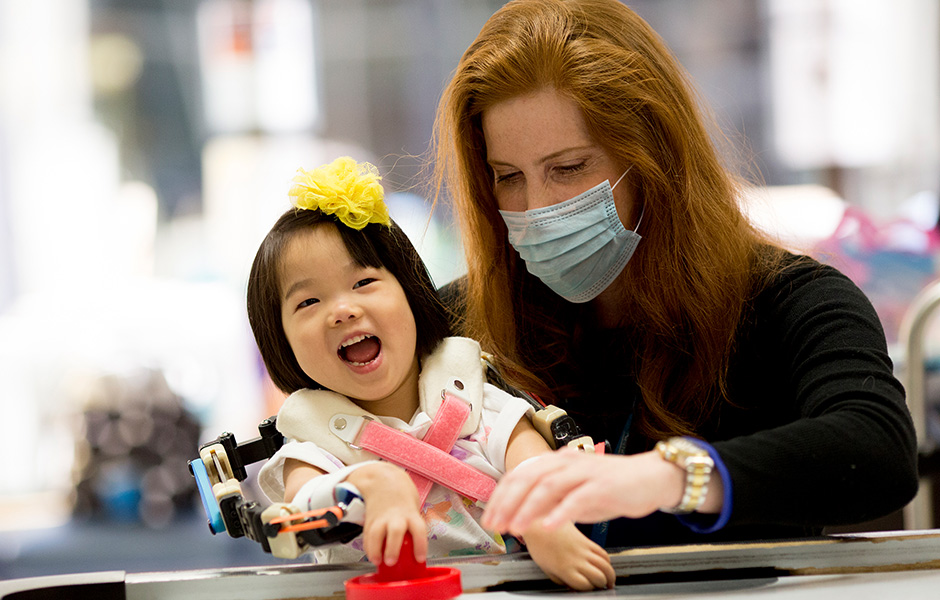
We see a lot of kids with CP and know its effects. We look for signs of hip displacement, spinal curvature, bone loss, breathing problems, trouble speaking or eating, sleep problems, developmental delays, learning issues, and more. We listen to your child and family and catch things early, when treatment can be more successful.
We’re Here Every Step of the Way
Our CP Center team helps you understand your child’s condition and how to support them. We offer counseling and help with accessing school and community services. We can also connect with your child’s Delaware school nurse through our online Student Health Collaboration technology. We want kids to succeed at home, at school and with friends.
We Have an Onsite Ronald McDonald House
If you’re coming in from out of town, your family has access to a Ronald McDonald House located on campus. This can help make your visit convenient and affordable.
